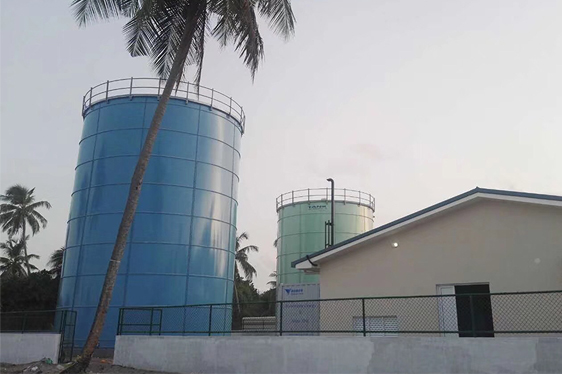Feb 01, 2021
Along with the over-exploitation of fossil energy and the destruction of the ecological environment, the development and utilization of renewable energy are receiving more and more attention and focus. As an important development direction of renewable energy, photovoltaic power generation has obvious advantages and huge resource potential, therefore, in recent years, the grid-connected capacity of photovoltaic power generation is growing rapidly, with an average annual growth rate of up to 50%. 2019 International Energy Agency (IEA) in its next five-year outlook, it is expected that between 2019 and 2024, the installed capacity of renewable energy will grow by 50%, especially to The most significant growth in installed photovoltaic capacity will account for 60% of the expected increase, while onshore wind capacity will follow with 25%.
As a country rich in solar energy resources, China's PV industry is developing rapidly, and the scale of grid-connected PV power generation is expanding. According to the National Energy Administration, by the end of 2019, the cumulative installed capacity of PV power generation in China was 204.3 million kW, up 17.3% year-on-year, and the cumulative installed capacity ranked first in the world.

However, as the proportion of grid-connected capacity of PV power generation rises, its threat to the safe and stable operation of the power system becomes more and more apparent. The frequent fluctuation of PV power output in a short period of time will impact the power system and make it lose active balance, thus affecting the FM characteristics of the power system and increasing the risk of power system frequency crossing limits. At the same time, the PV power generation system, as a stationary element, lacks rotational inertia, and along with the access of large-scale PV power, the proportion of conventional generating units in the power system decreases, and the inertia of the power system decreases, which to a certain extent weakens the power system's frequency regulation capability and its ability to cope with power shortage and frequency fluctuations, thus leading to further increase in the risk of safe operation of the power system [3]. In order to improve the frequency stability of power systems containing large-scale photovoltaic power generation, scholars at home and abroad have conducted a lot of research on the methods and strategies for the participation of photovoltaic power generation in power system frequency regulation.
The inherent property of random fluctuation of PV power output makes it largely affect the power system frequency after PV power is connected to the grid. If the grid-connected scale of PV power generation is small and the fluctuation of PV power output is small, the power system can be dynamically adjusted to achieve balance by relying on its own margin; but as the grid-connected scale of PV power generation increases and the proportion of PV power output rises, the power system itself is insufficient to absorb these fluctuations and its active balance is challenged, thus threatening the stability of its frequency
When the disturbance caused by PV power output power to the power system frequency is small, only relying on the primary frequency regulation of the conventional generator set can make the power system reach stability quickly; however, after the proportion of PV power output power rises, the change value of PV power output power increases and the change period is lengthened, which requires the secondary frequency regulation of the conventional frequency regulation set. If the secondary frequency regulation cannot meet the power shortage and the frequency further deviates from the specified range, the safety of the power system will be seriously affected and even power system accidents will occur.
In view of the load characteristics and local power supply conditions of the seawater and freshwater system, zeming designed a set of hybrid network power supply system. Through the mutual complementation of public diesel power generation system, photovoltaic system, energy storage system and standby diesel power unit, the power supply for seawater desalination system is guaranteed and the stability of system operation is greatly increased. In response to different power cost and power supply continuity requirements, owners can choose a variety of operational strategies to meet their own needs.
How Do Solar Panels Help The Environment?
Nov. 23, 2021
Follow Us
Navigation